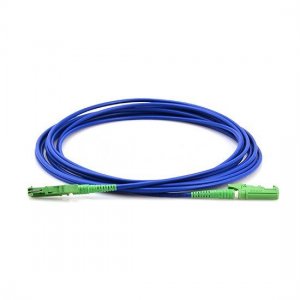# Diaper Raw Materials: Essential Components for Manufacturing
Introduction to Diaper Raw Materials
Diapers are an essential product for parents and caregivers worldwide. The manufacturing of diapers requires a combination of specialized raw materials that work together to provide comfort, absorbency, and leak protection. Understanding these materials is crucial for manufacturers aiming to produce high-quality diapers.
Core Absorbent Materials
1. Super Absorbent Polymer (SAP)
The most critical component in modern diapers is Super Absorbent Polymer (SAP). This remarkable material can absorb and retain large amounts of liquid relative to its size. SAP typically consists of sodium polyacrylate, which forms a gel when wet, locking moisture away from the baby’s skin.
2. Fluff Pulp
Fluff pulp, usually made from softwood trees, works in conjunction with SAP to distribute liquid evenly throughout the diaper. This cellulose-based material provides structure to the absorbent core while enhancing the diaper’s overall absorption capacity.
Top Sheet Materials
3. Nonwoven Fabrics
The top sheet that comes in contact with the baby’s skin is typically made from nonwoven polypropylene or polyester. These materials are chosen for their softness, breathability, and ability to quickly transfer liquid to the absorbent core while keeping the surface relatively dry.
Back Sheet Components
4. Polyethylene Film
The outer layer of diapers is usually a thin polyethylene film that prevents leaks while allowing some breathability. This material must be strong enough to withstand movement while remaining flexible for comfort.
5. Breathable Microporous Films
Premium diapers often use advanced microporous films that offer better air circulation while maintaining excellent leak protection. These materials help reduce skin irritation and keep babies more comfortable.
Elastic Components
6. Elastic Strands
Elastic materials, typically made from synthetic rubber or spandex, are strategically placed in the leg cuffs and waistbands to provide a snug, comfortable fit that prevents leaks.
Adhesive and Fastening Systems
7. Pressure-Sensitive Adhesives
Keyword: diaper raw materials
Special adhesives are used to bond different layers of the diaper together and for the fastening system. These must maintain their stickiness even in humid conditions while being gentle on baby’s skin.
8. Hook and Loop Fasteners
Most modern diapers use hook and loop fastening systems (similar to Velcro) made from polypropylene or other synthetic materials for adjustable, secure closure.
Additional Components
9. Acquisition Distribution Layer (ADL)
This specialized layer between the top sheet and absorbent core helps quickly distribute liquid across the diaper, preventing pooling in one area.
10. Wetness Indicators
Some premium diapers include special materials that change color when wet, helping caregivers know when a diaper change is needed.
Environmental Considerations
With growing environmental concerns, manufacturers are exploring more sustainable raw materials such as:
- Plant-based SAP alternatives
- Bamboo-derived fibers
- Biodegradable films
- Recycled materials
Conclusion
The combination of these specialized diaper raw materials creates a product that effectively manages moisture while keeping babies comfortable and dry. As technology


